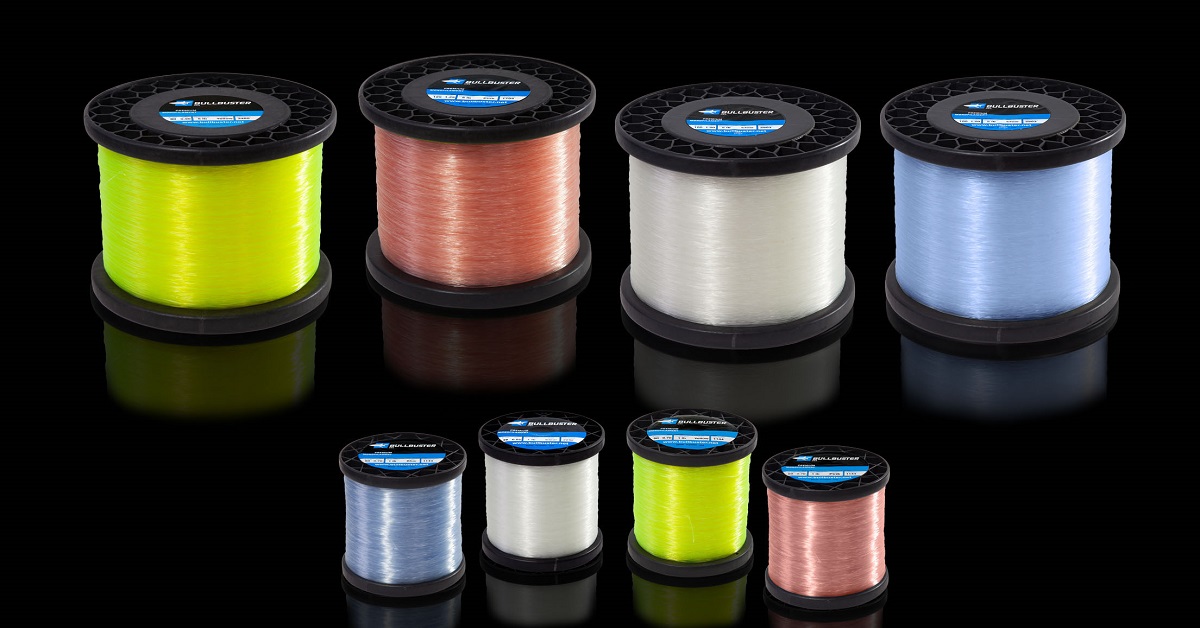The Best Line For Walleye Fishing
What is the best line for walleye fishing?
You’ll no doubt get many answers to this question, however, most agree on one thing: It all depends on what your particular situation is.
Fishing line today is specialized. So we simply pick the best tool for the job. Let’s run through some presentations and the types of lines you’ll want to use for each method. That way you put the percentages in your favor.
As with any type of walleye fishing, the more small details you get right, the more success you’ll have.
When jigging for walleyes in water deeper than 15 or 20 feet you’ll want a thin line that won’t stretch.
6-2 Fireline is the all out best line for walleye fishing here. The thin diameter helps keep your jig more vertical and the no stretch properties create wonderful sensitivity. Not to mention, setting the hook into fish is a snap without stretch.
This line also excels for vertical jigging in rivers, as resistance from the current is really cut down. When jigging with spoons a 2 or 4 pound diameter line is also recommended. You want the spoon to flutter down with as little resistance as possible from the line.
A thick heavy mono won’t allow a spoon to flutter properly in deep water.
When jigging shallower 8 to 12 foot depths you’ll want to really be careful with your hook-sets and no stretch line.
Otherwise, switch to a good 8 pound monofilament line to afford some stretch on the hook set. Sensation is a good monofilament jigging line for walleye fishing.
When using slip bobbers outside of cover you’ll find a good limp monofilament line works well for walleyes.
6 or 8 pound Trilene XL is popular. Your bobber stop will hold better on monofilament. Also, when using 6 pound line for your snell you allow that leech or minnow to swim around freely and in a natural motion.
10 or 14 pound Fireline is preferred when you’re using slip bobbers amongst brush and sunken timber.
Use a 6 or 8 pound monofilament snell so if you break off you don’t have to redo the entire works. Simply keep plenty of three foot pre-tied snells ready to go.
For casting jigs or crankbaits to shallow active walleyes we like to use 6-2 Fireline in Flame Green.
High visibility line is wonderful for detecting bites as your jig swings back to the bottom. The thin diameter really helps a smaller crankbait fly further through the air and you get a more intense wobble at slower retrieve speeds.
Also, your bait will dig deeper on the retrieve with thin line. We do upgrade to 10 pound during the fall period and casting cranks at night for big walleyes.
An 8 pound monofilament line will be used when we want to slow the fall rate of a jig after pitching it to a likely area.
Nasty cold fronts in the spring time make this small adjustment a powerful one.
This same 6-2 Flame Green line is wonderful for live bait rigging.
Use a 6 pound monofilament snell for stealth and to allow the bait to swim freely. You’ll really appreciate the feel you get as your sinker drags over sand, mud, or rock.
For trolling bottom bouncers and spinners for walleyes 10-4 Fireline will be an excellent choice for the all out best fishing line.
Again, less resistance in the water and more sensitivity give you greater control over your bait. Flat line trolling crankbaits is also best served with 10-4 Fireline for gaining maximum diving depths with less line out.
However, when trolling skinny water we find 10 pound mono gets more distance from the boat to the bait, thus giving walleyes time to settle when baits come by.
Trolling shallow means you want longer line lengths from the boat or your planer boards to the bait.
When trolling water from 15 to 60 feet of water you’ll find leadcore line excels for getting any crankbait down to the precise depth you want. Teamed up with line counter reel, you’ll be able to duplicate the magic formula over and over again.
So, what line is the best for walleye fishing?
The next time you’re wondering what kind of line to use for walleye fishing think of elements like depth, line resistance to current or a moving boat, do you need stretch?
Maybe sensitivity would be best. Does my live bait need freedom to swim and look lively?
Do I want my baits close to the boat or farther away?
Put as many small details into your favor as you can and you’ll find yourself spending more time with your baits working for you and catching more walleyes.


